Prof. Senarath Paranavithana (Part 1)
Start the Journey
A young man who was studying Oriental as well as English including Sinhala, Pali and Sanskrit was awarded a prize by the Sinhala Youth Association for excelling in the Preliminary Examination conducted by the Oriental Linguistic Society in 1915. The book is Epigraphia Ceylonica, published by the Department of Archeology. It contains the inscription of Ceylon.
No one could have imagined that the gift of this book and the gift of a book would later lay the groundwork for the creation of a world-renowned archaeologist, linguist, and historian. This young man was only 19 years old when he received the book as a gift. His name is Senarath Paranavithana. Prof. Karthikesu Indrapala has stated the following regarding the gift received by Senarath Paranavithana.
“Because of his passion for the study of history and antiquities, he must have read and read this gift book from the moment he received it. Perhaps out of curiosity about the book, he later applied for the post of Inscription Assistant in the Department of Archeology. This post not only changed his career but also gave the country a great scholar. ”
Prof. Senarath Paranavithana can be described as a great communicator who brought the wealth of knowledge about archeology and our past to the masses. Dr. Senarath Paranavithana was the first Commissioner of Archeology. Precede to Mr. Senarath Paranavithana, since 1890 from Mr. H.C.P. Bell Commissioners of Archeology have been foreigners.
The young who went to Colombo from the Matarambara town in Galle.
Senarath Paranavithana was born on December 26, 1896, in a house in Mabotuwana, Mataramba, Galle. Father Abraham Paranavithana and mother Laura Hettige Gimara. The family had five children. The youngest child in that family was Prince Senarath Paranavithana.
Sri Ratanajothi Gunarathanabhidhana Nayaka Thero read letters to Prince Senarath Paranavithana at the Yatagala Temple. He then graduated from the Annasi Hettigoda Methodist Sinhala School in 1901. Prince Senarath Paranavithana entered the Bonavista English School in Unawatuna, Galle in 1903 and began to study Sinhala, Pali and Sanskrit at the Heenatigala Ranwalagoda Vidyawardhana Pirivena in the evening from 1906.
In 1920, Senarath Paranavithana joined the Udugampola Bilingual College as an English Assistant. He served at the school until 1923 and at times served as its acting principal. Senarath Paranavithana, who was promoted to the post of Assistant Architect in the Department of Archeology in 1923, was impressed by the dedication of the then Commissioner of Archeology, AM Hocart, who saw the talents of the young man. He also offered a three-year scholarship to India for further study in archeology. Mr. Paranavithana studied all aspects of archeology in India, including epigraphy, numismatics (coinage), archeology, architecture, and also studied the Tamil language.
KV, a prestigious paleontologist of South India. Senarath Paranavithana, who was prepared under Mr. Subramanian Iyer, additionally obtained the capacity to peruse Tamil engravings. Mr. Paranavithana was hitched to Miss Roslyn Kitulgoda in 1930 and filled in as the Commissioner of Archeology in 1932 and 1935.
Mr. Paranavithana has composed many examination articles not just on engravings in Sinhala just as English, yet in addition on different subjects like religion, workmanship, language, writing and history.
Professional Life
Mr. Paranavithana initiated his work in 1929 as the Editor of the Epigraphia Selenica, a book distributed by the Department of Archeology. Senarath Paranavithana was granted a PhD in 1936 by the University of Leiden in the Netherlands for his thesis on Stupa in Ceylon (Stupa in Ceylon) composed by Senarath Paranavithana.
The then Commissioner of Archeology of the Department of Archeology, A.H. After Longhurst, Dr. Senarath Paranavithana turned into the Commissioner of Archeology from 1940.
This was an occasion written in brilliant letters throughout the entire existence of prehistoric studies. The Department of Archeology, which was up until recently administered by unfamiliar bosses, has been heavily influenced by Dr. Senarath Paranavithana, a child of Southern Ceylon beginning around 1940.
Dr. Senarath Paranavithana, who filled in as the Commissioner of Archeology from 1940 to 1956, did a lot of exploration by many researchers. He tenaciously replicated around 685 Sigiriya tunes and aggregated entirely important books. This Sigiriya book in two volumes is called SIGIRI GRAFFITI.
Remarking on the Sigiriya tunes, Panditha Labugama Lankananda Thero said: “Official of Archeology Dr. Senarath Paranavithana Surin’s illuminated and widely praised Sigiriya tunes became animated. Mr. Paranavithana deciphered each section around 600 and 85 refrains, which were differently composed on the mirror divider, with extraordinary persistence, tolerance and focus. He additionally uncovered the language and figures of speech related with the Sigiriya artists. ”
Mr. Paranavithana resigned from the post of Commissioner of Archeology in 1956 and filled in as Professor of Archeology at the University of Peradeniya from 1957 to 1964. He spearheaded the educating of Archeology at the University of Peradeniya and added to the arrangement of a book on the historical backdrop of Ceylon.

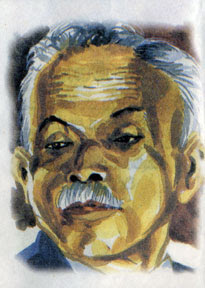
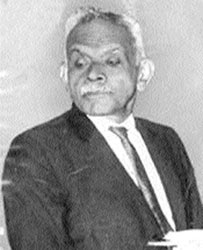
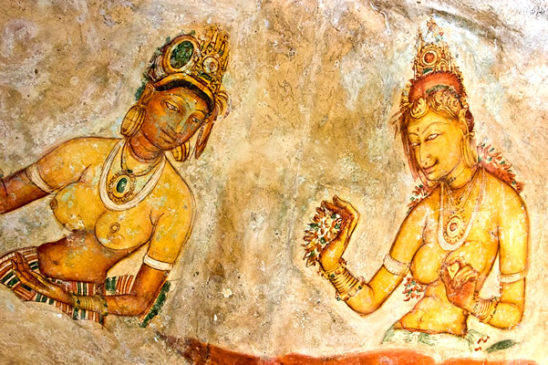
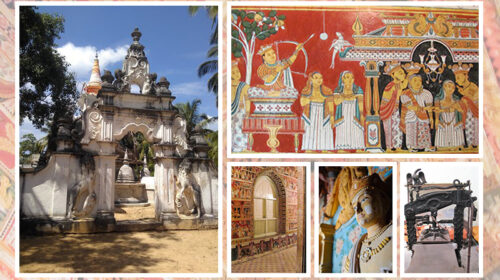
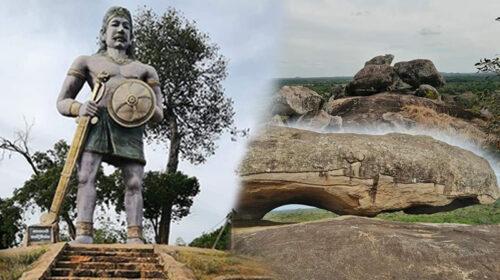
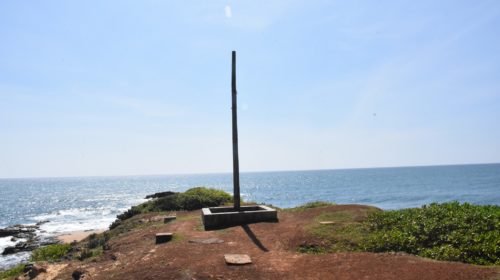
Thanks for your blog, nice to read. Do not stop.